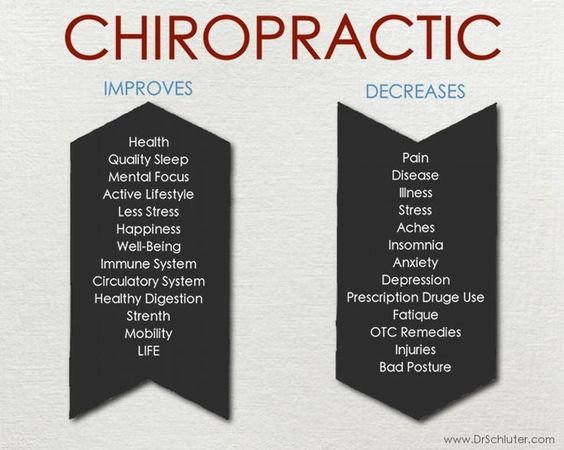Usual Day-To-Day Behaviors That Create Pain In The Back And Tips For Avoiding Them
Usual Day-To-Day Behaviors That Create Pain In The Back And Tips For Avoiding Them
Blog Article
simply click the up coming internet page -Hermansen Schaefer
Preserving proper pose and avoiding usual risks in day-to-day activities can substantially influence your back health and wellness. From how you rest at your workdesk to how you raise hefty things, little changes can make a huge difference. Picture a day without the nagging pain in the back that prevents your every relocation; the service could be simpler than you believe. By making a couple of tweaks to your daily practices, you could be on your way to a pain-free presence.
Poor Position and Sedentary Lifestyle
Poor posture and a less active lifestyle are two major contributors to pain in the back. When you slouch or suspicion over while resting or standing, you placed unnecessary pressure on your back muscles and spine. This can bring about muscle mass imbalances, tension, and at some point, persistent neck and back pain. In chiropractors , sitting for extended periods without breaks or exercise can weaken your back muscles and result in rigidity and pain.
To battle poor posture, make an aware effort to rest and stand directly with your shoulders back and lined up with your ears. Keep in mind to keep your feet level on the ground and prevent crossing your legs for extensive periods.
Integrating normal extending and strengthening workouts right into your everyday regimen can also aid enhance your pose and ease pain in the back connected with a less active way of living.
Incorrect Lifting Techniques
Inappropriate training methods can considerably contribute to pain in the back and injuries. When you raise hefty objects, remember to bend your knees and utilize your legs to lift, as opposed to counting on your back muscles. Avoid twisting your body while lifting and keep the item close to your body to lower stress on your back. It's crucial to maintain a straight back and avoid rounding your shoulders while raising to prevent unnecessary pressure on your spine.
Always examine the weight of the things prior to raising it. If it's too heavy, request for assistance or usage devices like a dolly or cart to transfer it safely.
Keep in mind to take breaks during raising jobs to give your back muscles a possibility to rest and stop overexertion. By applying correct training strategies, you can prevent pain in the back and minimize the risk of injuries, ensuring your back stays healthy and solid for the long-term.
Lack of Routine Exercise and Stretching
A less active lifestyle without routine workout and stretching can considerably add to pain in the back and discomfort. When you do not take part in physical activity, your muscle mass come to be weak and stringent, bring about poor posture and raised strain on your back. Regular exercise assists enhance the muscles that support your spine, improving security and decreasing the danger of pain in the back. Including extending into your routine can additionally improve adaptability, avoiding tightness and discomfort in your back muscle mass.
To avoid neck and back pain triggered by an absence of exercise and stretching, aim for at least half an hour of modest exercise most days of the week. Consist of Get More Information that target your core muscles, as a strong core can aid minimize pressure on your back.
Additionally, take breaks to stretch and relocate throughout the day, specifically if you have a workdesk work. Simple stretches like touching your toes or doing shoulder rolls can aid ease stress and avoid neck and back pain. Focusing on routine exercise and extending can go a long way in maintaining a healthy back and reducing discomfort.
Final thought
So, remember to stay up straight, lift with your legs, and stay energetic to prevent neck and back pain. By making straightforward adjustments to your daily practices, you can prevent the pain and limitations that include pain in the back. Look after your spinal column and muscle mass by exercising good stance, correct lifting strategies, and routine exercise. Your back will certainly thank you for it!
